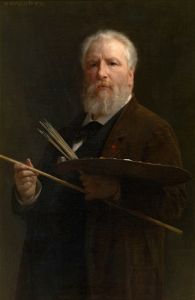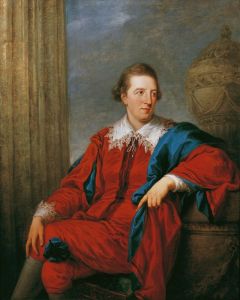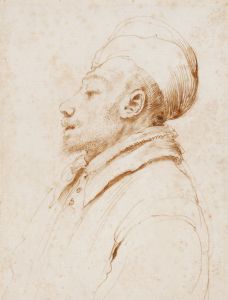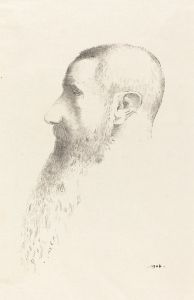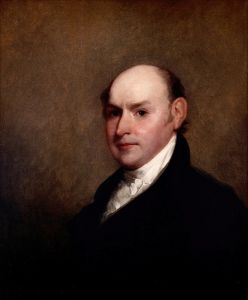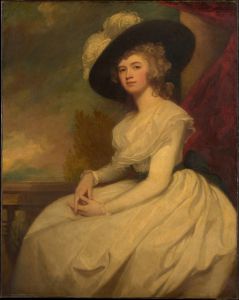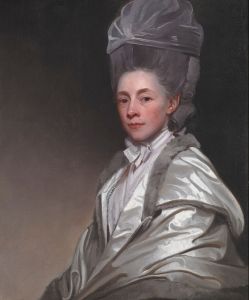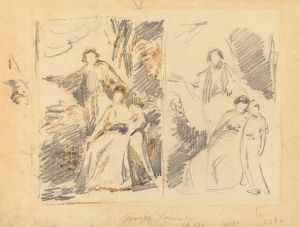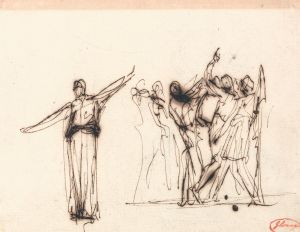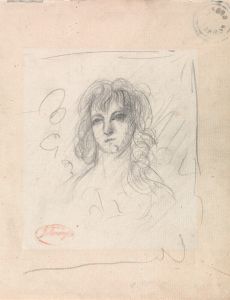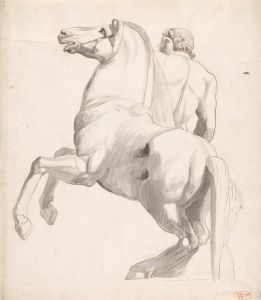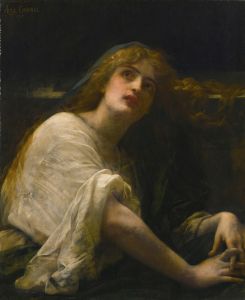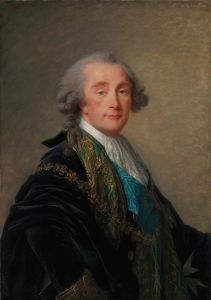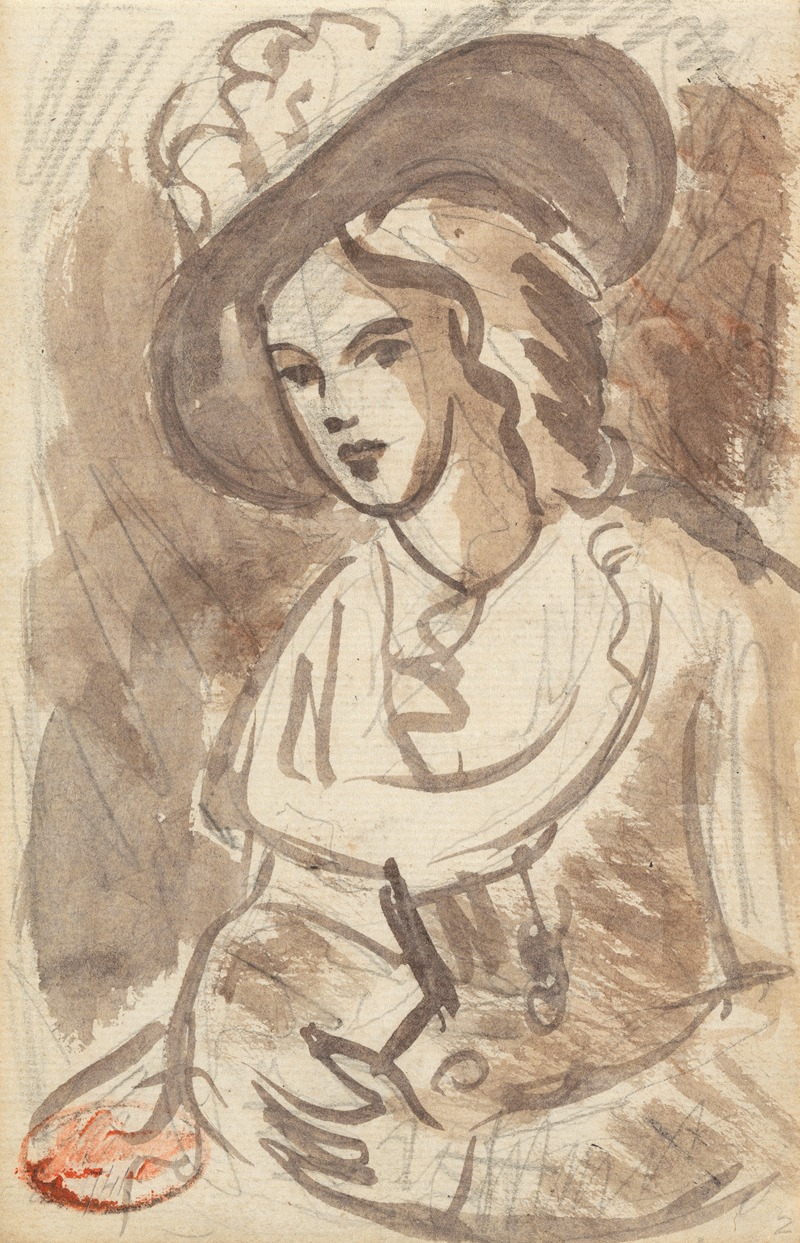
Sketch
A hand-painted replica of George Romney’s masterpiece Sketch, meticulously crafted by professional artists to capture the true essence of the original. Each piece is created with museum-quality canvas and rare mineral pigments, carefully painted by experienced artists with delicate brushstrokes and rich, layered colors to perfectly recreate the texture of the original artwork. Unlike machine-printed reproductions, this hand-painted version brings the painting to life, infused with the artist’s emotions and skill in every stroke. Whether for personal collection or home decoration, it instantly elevates the artistic atmosphere of any space.
George Romney was an eminent English portrait painter of the late 18th century, known for his vivid and expressive style. Born in 1734 in Dalton-in-Furness, Lancashire, Romney became one of the leading portraitists of his time, alongside contemporaries such as Sir Joshua Reynolds and Thomas Gainsborough. His works are celebrated for their elegance and the insightful portrayal of his subjects.
Romney's career began with an apprenticeship under Christopher Steele, a local artist. He later moved to London, where he established himself as a prominent portrait painter. His success was partly due to his ability to capture the character and personality of his sitters, which made him highly sought after by the British elite. Romney's clientele included notable figures such as Emma Hamilton, who became his muse and the subject of many of his works.
The term "Sketch by George Romney" could refer to any number of preliminary drawings or studies created by the artist. Sketching was an integral part of Romney's artistic process, allowing him to experiment with composition, form, and expression before committing to a final painting. These sketches often provide insight into Romney's creative process and his approach to capturing the essence of his subjects.
Romney's sketches were typically executed in pencil or chalk, mediums that allowed for fluidity and spontaneity. They often feature loose, gestural lines that convey movement and emotion. These preparatory works were crucial in helping Romney refine his ideas and develop the compositions that would later be translated into finished paintings.
One of the most famous subjects of Romney's sketches was Emma Hamilton, who was the wife of Sir William Hamilton, the British ambassador to Naples. Emma became a cultural icon of her time, known for her beauty and her association with Admiral Horatio Nelson. Romney was captivated by her charm and charisma, and she became the subject of numerous sketches and paintings. These works are notable for their romantic and idealized portrayal of Emma, reflecting the artist's admiration for her.
Romney's sketches are valued not only for their artistic merit but also for their historical significance. They offer a glimpse into the social and cultural milieu of 18th-century Britain, capturing the fashion, attitudes, and personalities of the era. Today, many of Romney's sketches are held in prestigious collections, including the British Museum and the National Portrait Gallery in London.
In summary, George Romney's sketches are an essential aspect of his oeuvre, providing insight into his artistic process and the society in which he lived. While specific information about a particular "Sketch by George Romney" may not be available, his body of work as a whole continues to be celebrated for its contribution to the art of portraiture and its reflection of 18th-century British culture.





